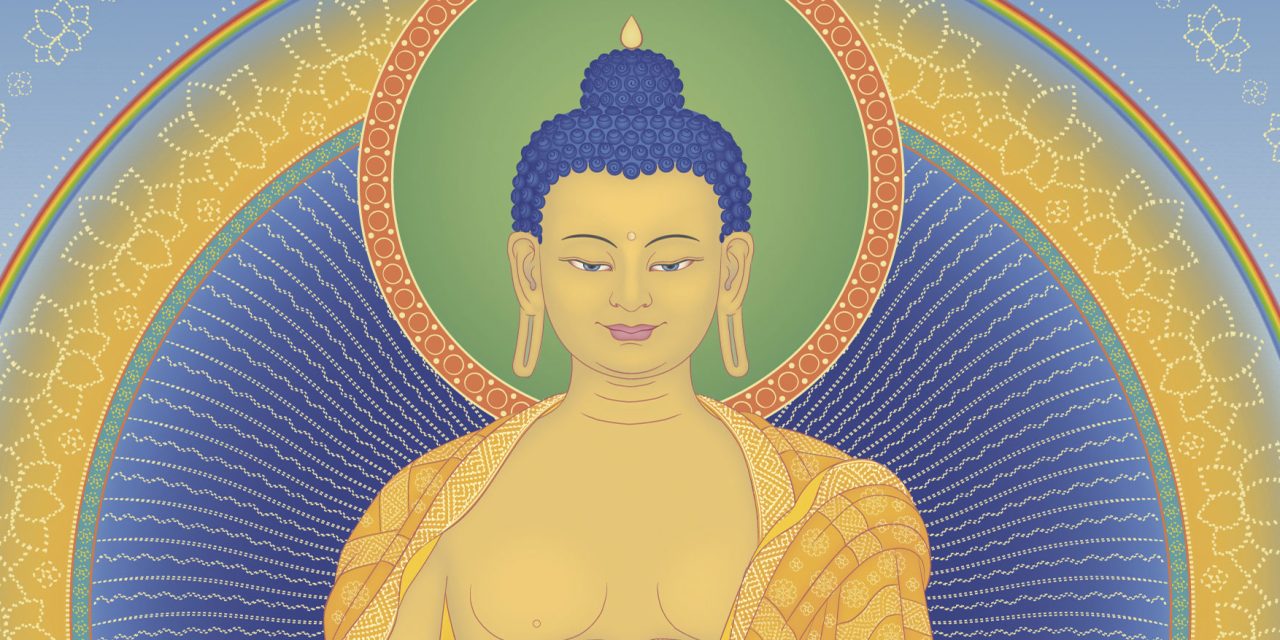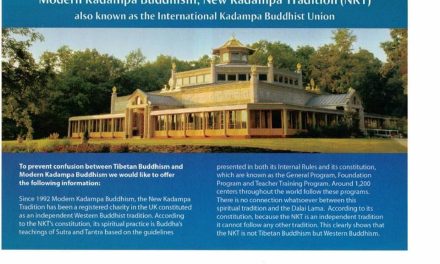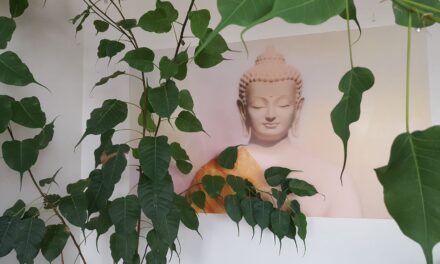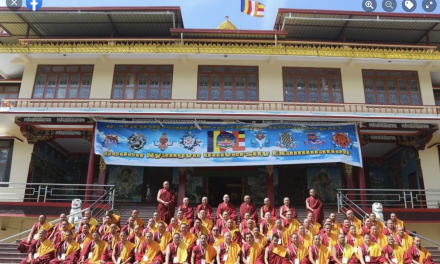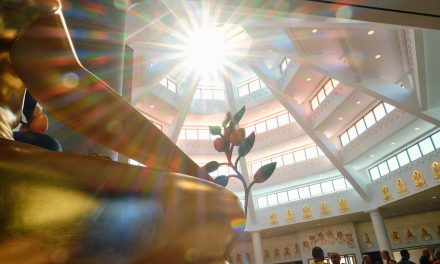The New Kadampa Tradition (NKT) is not fake Buddhism nor a Western degeneration of proper Buddhism, as some people have alleged. For why they came to this conclusion, see Why do some people say that the New Kadampa Tradition students worship a spirit?
Since the NKT follows the entirety of the Mahayana Buddhist teachings of the great Buddhist Masters Atisha (982-1054 CE) and Je Tsongkhapa (1357-1419 CE), which are traced back to Buddha Shakyamuni himself (500 BCE), it is neither false, nor unorthodox, nor a degeneration.
Cultural appropriation
The occasional claim that the NKT have culturally appropriated the word ‘Kadampa’ as their own label is also mistaken and misleading. To quote this description from a non-NKT Gelugpa Lama, we agree with every word and are followers in this unbroken lineage:
About the Old Kadam Tradition:
Atisha (982-1054), the Indian Buddhist scholar and saint, is well-known as the founder of the Kadam tradition in Tibet. Following the first dissemination of Buddhism in Tibet through Padmasambhava and the Nyingma school in the 700s, he was invited by the Tibetan King to revive its flourishing. As one of the last great masters of Vikramashila Monastery (which along with Nalanda Monastery was the greatest Buddhist university of ancient India), he brought with him the best of the highly developed Indian Mahayana Buddhist traditions. He firmly anchored the authentic, pure teachings of Buddhism in Tibet, making them widespread in all important aspects of sutra and tantra.
About the New Kadam Tradition:
Some 300 years later, Je Tsongkhapa (1357-1419) rejuvenated and further built on the foundations of Atisha’s system of study, analytical thinking, and deep meditative practices. Including teachings from the Sakya and Kagyu schools, he emphasized systematic, gradual development, known as Lam Rim. His teachings came to be known as the New Kadam tradition, which has been flourishing through a long line of great lineage teachers up to the present day.
See also Is the New Kadampa Tradition part of the Gelugpa tradition?

